1. Commitment to Cage-Free Environments
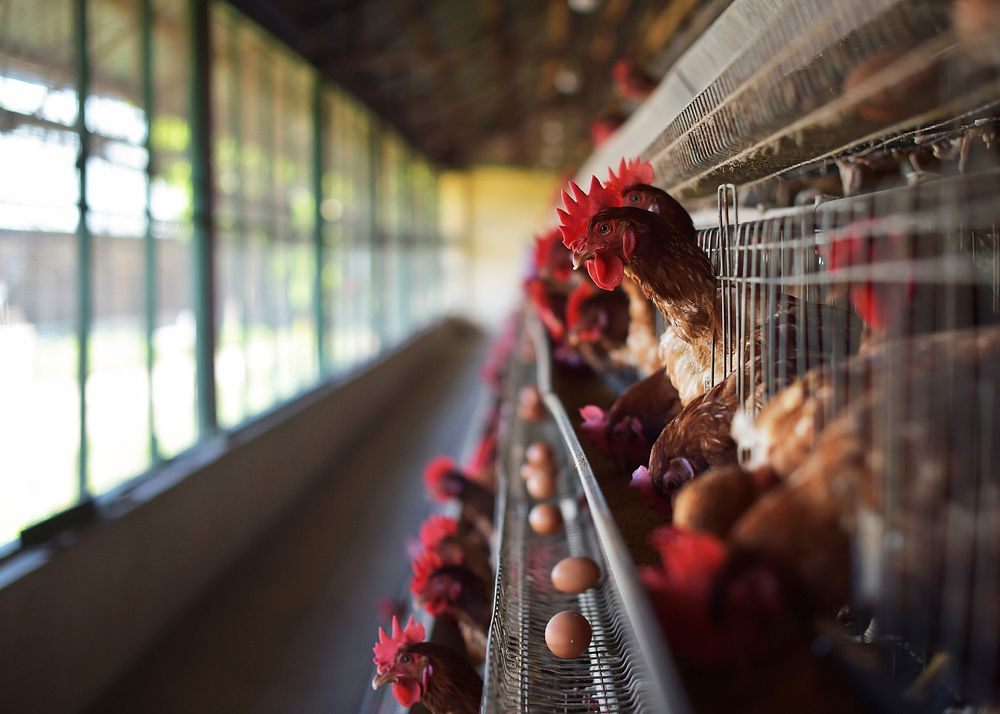
Rawpixel
In their 2020 pledge, McDonald’s announced plans to move towards cage-free environments for their chickens. By 2024, they had successfully transitioned a significant percentage of their global supply chain to cage-free housing systems. These systems offer chickens more room to move, perch, and express natural behaviors—a stark contrast to the restrictive battery cages used previously. The move represents a win for animal welfare advocates, though some critics argue there’s still room for improvement in terms of space allocation. The transition also required substantial financial investment and coordination among suppliers worldwide, underscoring McDonald’s commitment to improving the lives of the animals in their supply chain. Consumers responded positively, and the company positioned itself as a leader in adopting humane farming practices.
2. Better Air Quality Standards

Flickr
McDonald’s set air quality benchmarks to improve the living conditions of their chickens. By 2024, farms supplying McDonald’s adhered to stricter ammonia level standards. These measures ensure healthier respiratory conditions for the birds. Farmers implemented advanced ventilation systems and adopted cleaner bedding practices, significantly reducing harmful ammonia buildup. While these changes improve chicken welfare, they also boost farm workers’ health—a win-win scenario. The initiative reflects McDonald’s understanding that animal welfare and worker safety are interconnected, leading to more sustainable and ethical farming practices. Moreover, consumers have expressed growing interest in the welfare standards behind their food, and this improvement aligns with those evolving expectations.
3. Natural Light Access
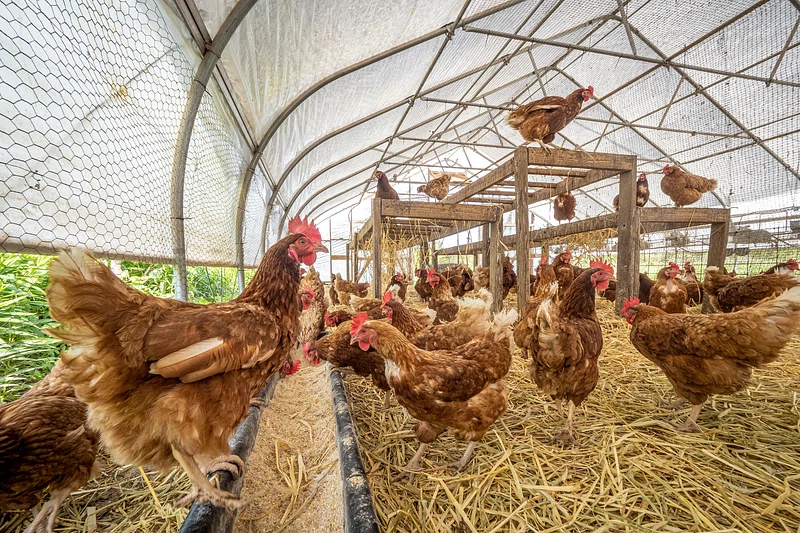
Rawpixel
To meet humane raising standards, McDonald’s suppliers introduced natural light into chicken housing. Studies show that access to natural light promotes better health and reduces stress in poultry. Suppliers retrofitted barns with windows or skylights to meet this criterion. While the transition required significant investment, the benefits in chicken welfare, including more natural behavior and improved growth rates, were worth it. This change also aligns with growing consumer demand for transparency and ethical practices in food production. Farmers noted a positive shift in the chickens’ behavior, including increased activity and reduced aggression, demonstrating that even small environmental changes can have significant welfare benefits.
4. Enrichment Opportunities
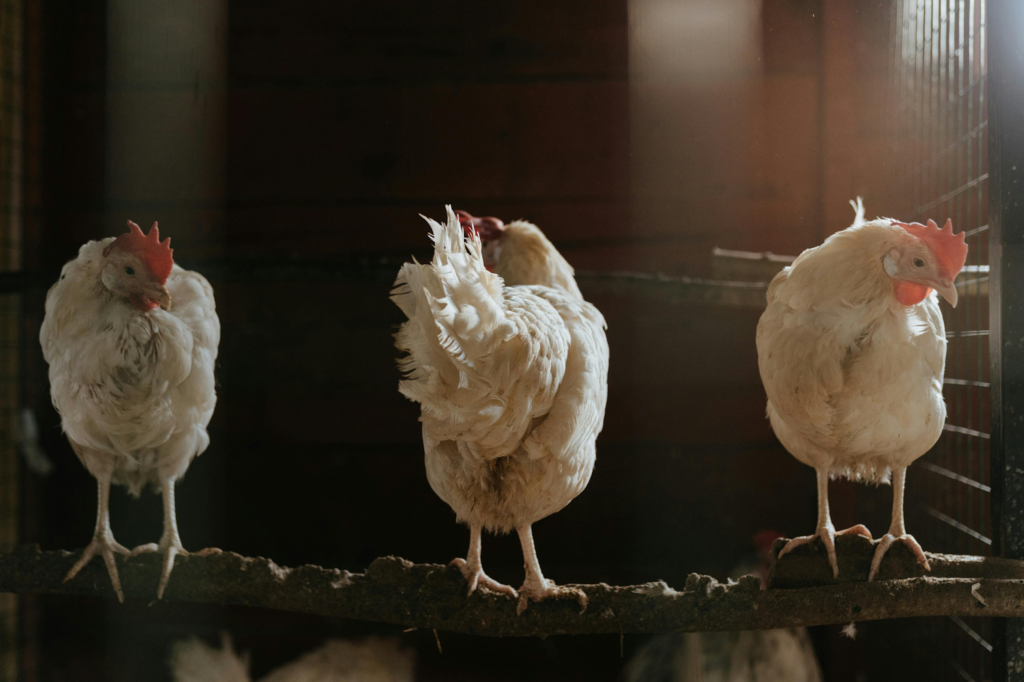
Pexels
McDonald’s required its suppliers to incorporate environmental enrichments, such as perches, pecking objects, and dust baths. These enrichments allow chickens to engage in instinctive behaviors often stifled in industrial farming setups. By 2024, the majority of McDonald’s poultry suppliers had adopted these enhancements, leading to measurable improvements in the physical and psychological well-being of the birds. Farmers reported observing healthier and more content chickens, which in turn led to better overall productivity. The initiative highlights McDonald’s effort to prioritize not just the basic needs but also the quality of life of the animals in their supply chain, setting a higher standard for the industry.
5. Independent Welfare Audits

Rawpixel
As part of their pledge, McDonald’s implemented a system of third-party welfare audits. These audits hold suppliers accountable and ensure compliance with the new humane standards. By 2024, audits became routine, with animal welfare experts inspecting farms for cleanliness, space allocation, and overall adherence to the new guidelines. Transparency in these audits boosted McDonald’s credibility and set an industry benchmark. The audit system also included corrective action plans for suppliers failing to meet standards, ensuring continuous improvement. This layer of accountability resonated well with animal welfare organizations, earning McDonald’s praise for walking the talk on their humane practices.
6. Lower Stocking Densities
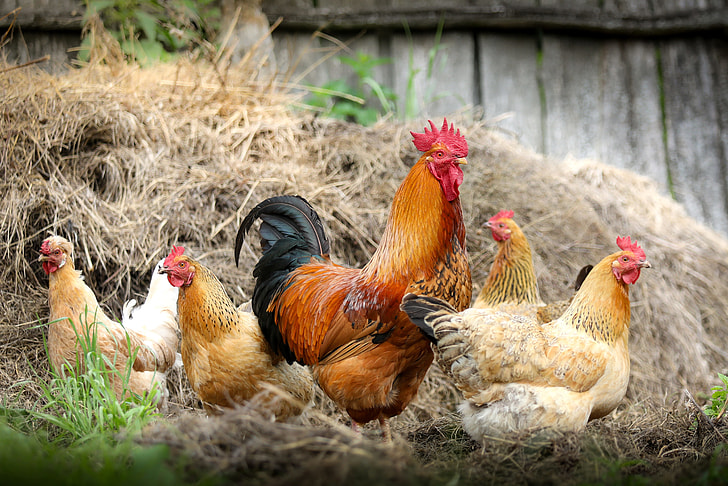
PickPik
McDonald’s pushed its suppliers to reduce the number of chickens housed per square meter. Lower stocking densities allow birds more space to move freely, minimizing aggression and stress. By 2024, suppliers had adopted these practices, though the specific reduction percentages varied regionally. This change not only benefits animal welfare but also improves meat quality—an added incentive for producers. While it posed challenges in terms of increased operational costs, the long-term benefits in terms of healthier and more robust birds outweighed the initial expenses. McDonald’s move to enforce lower densities highlights its commitment to improving living conditions for animals in a measurable way.
7. Shifting to Slower-Growing Breeds
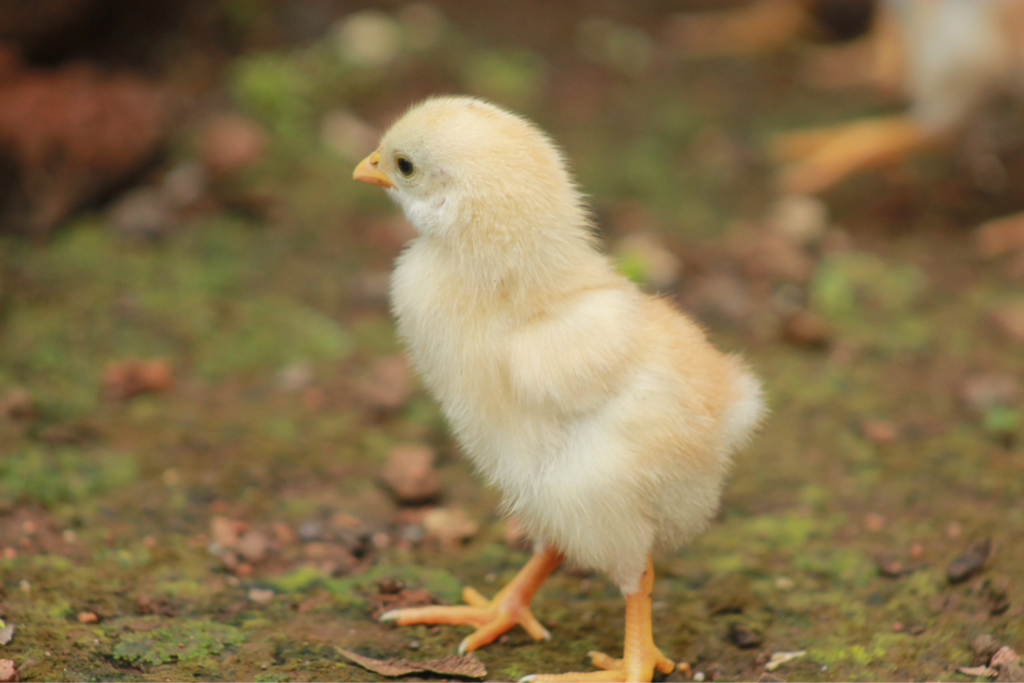
PixaHive
One of the more controversial changes was the shift toward slower-growing chicken breeds. These breeds, unlike their fast-growing counterparts, experience fewer health issues, such as skeletal problems. By 2024, McDonald’s had partially transitioned to these breeds, although full adoption remains a long-term goal. The decision faced pushback due to higher costs but was praised for prioritizing animal health over productivity. Slower-growing breeds typically exhibit better behavior and fewer instances of lameness, which directly improves their quality of life. McDonald’s decision to champion this shift demonstrates their willingness to invest in meaningful changes despite financial challenges, setting an example for other industry players.
8. Comprehensive Farmer Training Programs
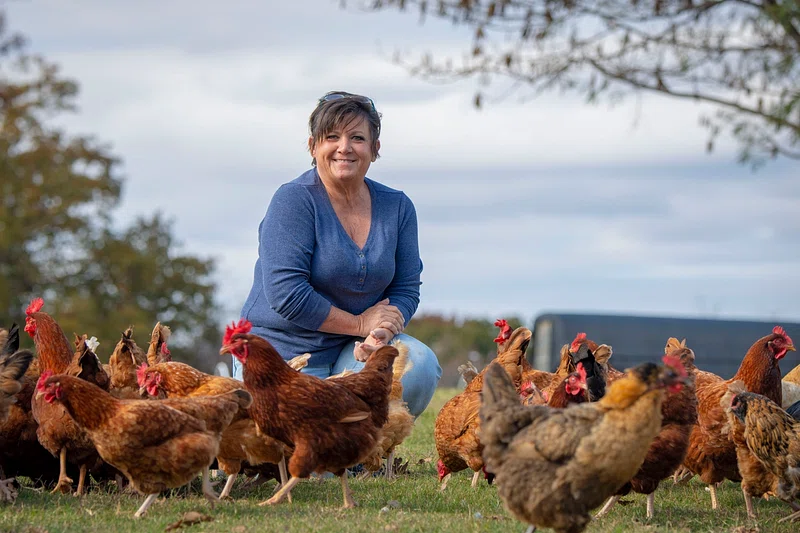
Rawpixel
To ensure smooth implementation of the new standards, McDonald’s funded extensive training programs for its poultry farmers. These programs covered welfare protocols, enrichment installations, and best practices for humane treatment. By 2024, thousands of farmers had participated, fostering a more informed and compassionate approach to chicken rearing across the supply chain. The training also emphasized the importance of consistent monitoring and adapting to new welfare guidelines. Farmers expressed appreciation for the support and resources provided, noting improvements in both their operations and animal health. This initiative highlights the importance of education in achieving large-scale change in animal welfare practices.
9. Enhanced Slaughter Practices
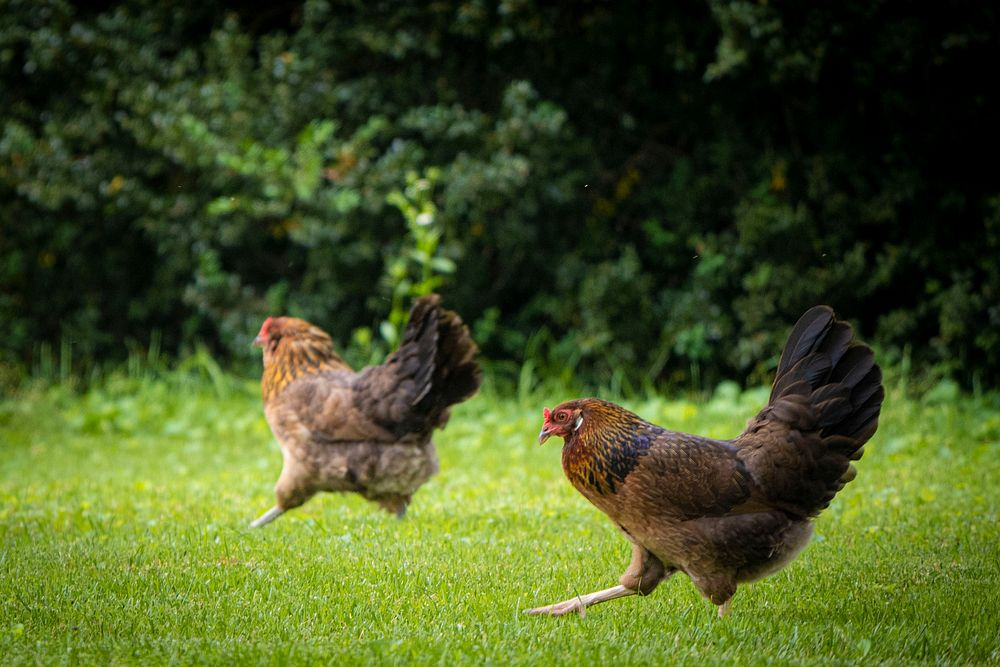
Rawpixel
Recognizing the need for humane treatment at every stage, McDonald’s enforced stricter guidelines for the slaughter of chickens. Suppliers adopted controlled atmospheric stunning (CAS), a process considered more humane than traditional methods. By 2024, this practice had become widespread among McDonald’s suppliers, reducing stress and suffering for the animals during slaughter. The move required substantial investment in new equipment and training but was widely regarded as a positive step for animal welfare. Additionally, McDonald’s transparency in reporting these changes reassured consumers that the company’s commitment to humane practices extended from farm to fork.
10. Transparency in Reporting

Pexels
To ensure accountability, McDonald’s committed to publicly reporting its progress. By 2024, annual updates detailed advancements in humane practices, areas of improvement, and challenges faced. This level of transparency allowed consumers and advocacy groups to monitor the company’s progress and hold them accountable for their commitments. The reports included metrics like the percentage of cage-free facilities and compliance rates among suppliers, fostering trust and engagement with stakeholders. McDonald’s use of third-party verification further bolstered the credibility of their claims, setting a standard for other corporations to emulate.
11. Collaboration with Animal Welfare Organizations
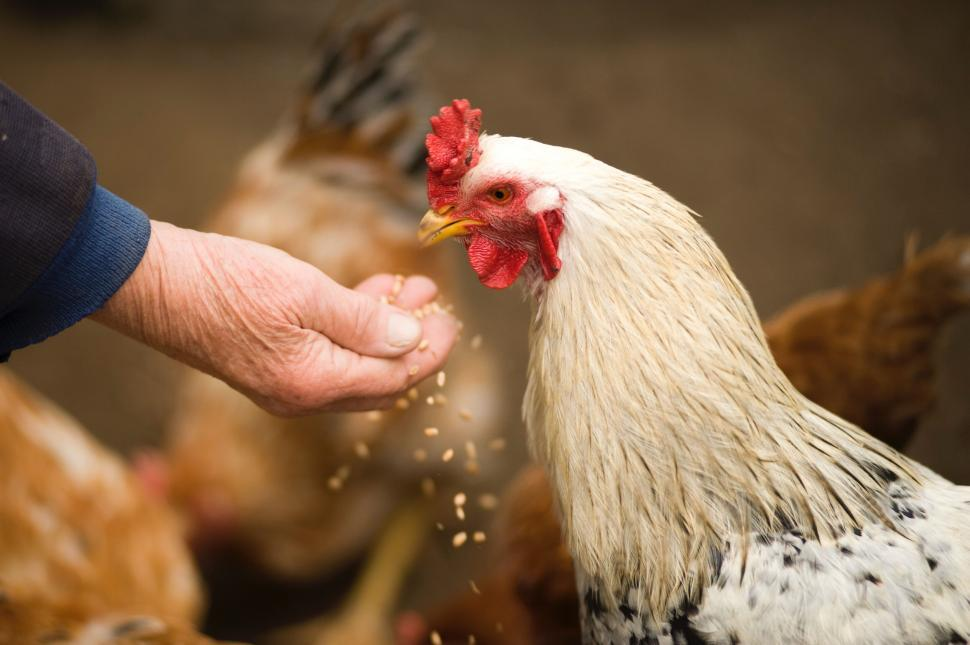
Freerange Stock
McDonald’s partnered with animal welfare groups like the RSPCA and Global Animal Partnership to develop and refine its standards. These collaborations ensured that the guidelines were both rigorous and practical. By 2024, McDonald’s continued these partnerships, fostering ongoing innovation in animal welfare practices. The involvement of respected organizations lent credibility to McDonald’s efforts and provided valuable insights into the latest welfare research. These collaborations also served as a platform for addressing challenges and adapting to new findings, demonstrating McDonald’s commitment to continuous improvement.
12. Investment in Research and Development
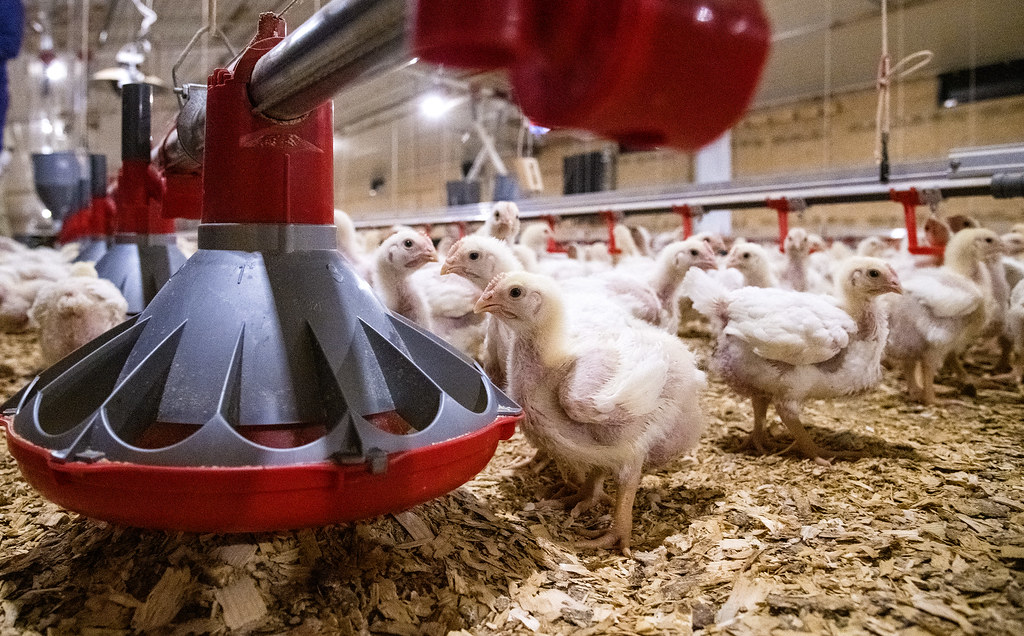
Flickr
To support the transition, McDonald’s invested in research exploring better farming practices and alternative technologies. By 2024, these investments had led to innovations like improved housing designs and cost-effective enrichment tools. These advancements not only benefit McDonald’s supply chain but also have broader implications for the poultry industry. The research efforts also highlight McDonald’s forward-thinking approach to addressing welfare challenges, with solutions that can be scaled across the industry. By prioritizing innovation, McDonald’s has demonstrated its willingness to lead the way in humane farming practices.
13. Addressing Regional Disparities
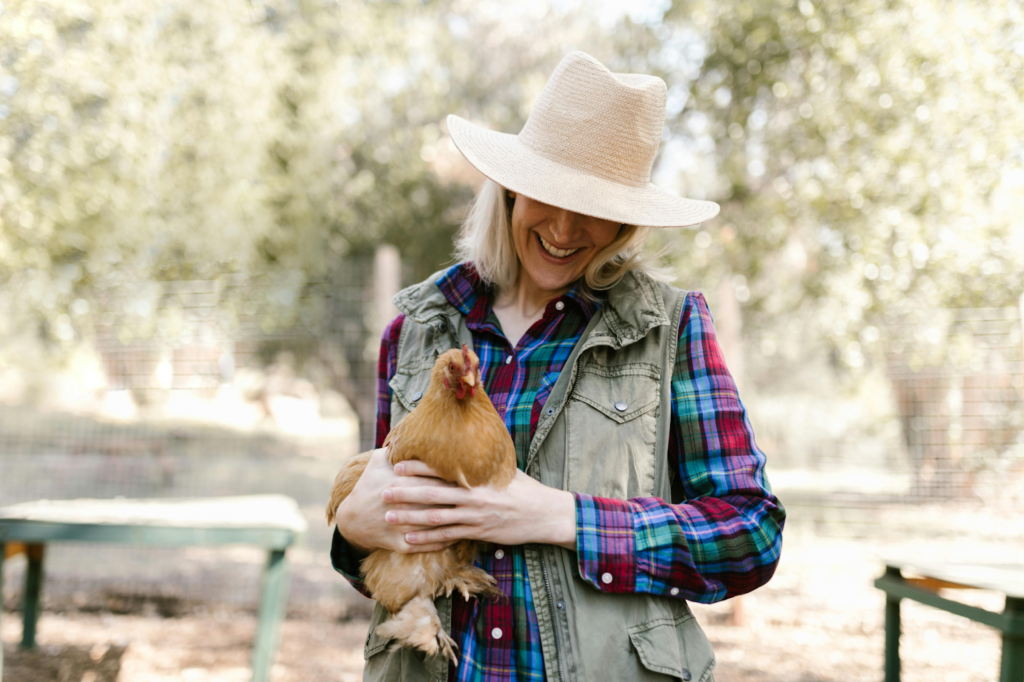
Pexels
Implementing these changes globally was no small feat, especially given regional differences in regulations and farming practices. By 2024, McDonald’s made significant strides in standardizing humane practices across its supply chain. However, progress varied, with some regions achieving full compliance while others faced logistical and regulatory hurdles. The company’s commitment to tackling these challenges head-on shows its dedication to making humane practices a global standard. McDonald’s also worked with local organizations to address cultural and practical barriers, ensuring that the changes were both effective and sustainable in diverse contexts.
14. Balancing Welfare and Costs

PxHere
Perhaps the most challenging aspect of McDonald’s pledge was balancing improved animal welfare with cost efficiency. By 2024, McDonald’s managed to keep price increases minimal while achieving most of its welfare goals. The company’s efforts demonstrate that humane practices and profitability can coexist, setting an example for the fast-food industry. McDonald’s ability to navigate these challenges reflects its commitment to both ethical practices and customer satisfaction. By investing in sustainable welfare improvements, McDonald’s has positioned itself as a leader in humane farming, showing that doing the right thing can also make good business sense.


